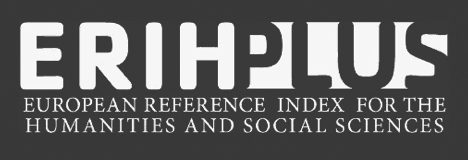VI Congreso de Arqueología de la Región Pampeana Argentina - VI CARPA - Libro de Resúmenes
DOI:
https://doi.org/10.24215/25456377e214Keywords:
Archaeological Charcoals, Mounds, Late Holocene, Argentinean Northeast,Abstract
This contribution presents the first anthracological results of Los Tres Cerros 1 (LTC1) archaeological site, located in the insular zone of the Victoria department, Entre Ríos Province, in order to contribute to the understanding of the relationship between human groups whose inhabiting the site and the use of plant resources. The twelve radiocarbon dates obtained from the upper and middle levels of the site date the past human occupation between 1030 and 560 years BP. The coals concentrated and/or dispersed in stratigraphic position found during the excavation of the site were determined. The concentrated charcoals are considered as a sign of human selection and use of forest resources by past human populations, while the dispersed ones were employed to identify trees or shrubs landscape surrounding the mound. Arboreal elements: Ocotea sp. (Lauraceae), Sapium sp. (Euphorbiaceae), Enterolobium sp., Prosopis sp., Acacia sp. (Leguminoseae-Mimosoideae), Erythrina sp. (LeguminoseaePapilionoideae) and Cordia sp. (Boraginaceae); lianas elements: Passiflora? sp. (Passifloraceae?) and herbaceous elements: Cyperus sp. (Cyperaceae) were recognized. The results obtained in this paper are relevant to discuss the multiple uses of the plants by prehispanic human groups which inhabited the Upper Paraná Delta, either as fuels, raw materials for the manufacture of archaeological artifacts, housing or boats.Downloads
Published
Issue
Section
License
La publicación en la RMLP se realiza bajo los términos de la licencia de uso y distribución Creative Commons BY-NC-SA 4.0 para Argentina (https://creativecommons.org/licenses/by-nc-sa/4.0/) que permite a terceros la distribución, la copia y la exhibición del artículo siempre que citen la autoría del trabajo, la publicación en la RMLP, número concreto y las páginas en la que encontraron la información. No se puede obtener ningún beneficio comercial y no se pueden realizar obras derivadas con fines comerciales que no autorice la editorial. Si se remezcla, transforma o construye sobre el material, deben distribuir sus contribuciones bajo la misma licencia que el original.
La puesta a disposición del artículo en la RMLP supone para los autores argentinos el cumplimiento de lo establecido en la Ley 26899 de Creación de Repositorios Digitales Institucionales de Acceso Abierto, Propios o Compartidos, del 13/11/2013 en su artículo 5º, en lo relativo a la obligatoriedad de facilitar en acceso abierto los resultados de investigaciones financiadas por agencias gubernamentales y de organismos nacionales de ciencia y tecnología del Sistema Nacional de Ciencia, Tecnología e Innovación.









